stars
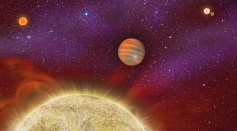
Astronomers Discover Planet in Multiple Star System
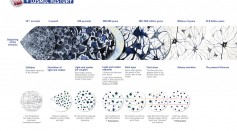
Fire Starter—ESA’s Planck Satellite Reveals Later Star Formations
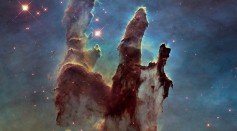
NASA Researchers Resolve Every Star in New Panoramic View of Andromeda
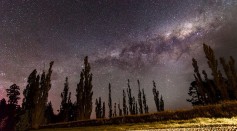
"Spin, Spin, Spinning Around": A New Method On How We Measure Stars
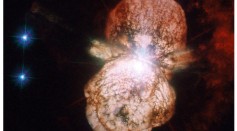
Mystery of Constellation Carina's Massive Explosions Revealed in 3D Models
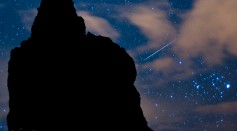
Quadrantids Arrive—First Meteor Shower of 2015 TONIGHT, Jan. 3
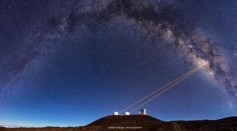
‘G2’ Gas Ball Survives Black Hole, and Researchers Say They Now Know Why
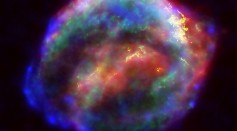
Astronomers Capture Stellar 'Fireball' on Camera
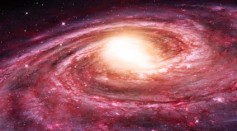
How the Milky Way Dominates the Stellar Block—Dwarf Galaxies, Get Out of the Way
Most Popular

How Technology Is Changing the Real Estate Industry?

Study Reveals High Turnover in Scientific Research Careers: What This Means for Future Scientists

How a Plant-Based Diet Can Protect Against Breast Cancer: Insights from Nutrition Research

Why It's So Difficult to Lose Weight: The Biological Explanation Behind Obesity






